When you think about achieving the perfect pout, lip fillers often come to mind as a quick and effective solution. These treatments use hyaluronic acid to enhance lip volume and shape, delivering noticeable results almost instantly. However, it’s important to contemplate both the benefits and potential risks before deciding if this option is right for you. Are you aware of the alternatives and what to look for in a qualified provider? Understanding these factors can help you make an informed decision on your journey to fuller, more defined lips.
Key Takeaways
– Lip fillers provide immediate volume and contour enhancement for a fuller pout.
– Hyaluronic acid fillers blend naturally with lip tissue for a seamless look.
– Results from lip fillers typically last between six to twelve months.
– The minimally invasive procedure offers quick recovery with proper aftercare.
– Customised injections allow for tailored enhancements to achieve desired lip shape.
What Are Lip Fillers?
Lip fillers, commonly known as dermal fillers, are injectable substances designed to enhance the volume and shape of your lips. These fillers primarily consist of hyaluronic acid, a naturally occurring substance in your body that hydrates and adds volume.
You’ll find various lip filler types available, including Juvederm and Restylane, each offering different formulations to achieve specific aesthetic goals.
When selecting a lip filler, it’s important to evaluate lip filler longevity. Hyaluronic acid fillers generally last between six to twelve months, depending on the specific product and how your body metabolises it. More permanent options, like collagen-based fillers or fat transfers, exist but come with higher risks and longer recovery periods.
Administering lip fillers involves a minimally invasive procedure where a practitioner injects the chosen filler type into predefined areas of your lips. The process typically takes less than an hour and requires minimal downtime. Immediate results are visible, although slight swelling and bruising may occur initially.
Clinically, the safety profile of hyaluronic acid fillers is well-documented, with most adverse reactions being mild and temporary.
Benefits of Lip Fillers
One of the primary benefits of lip fillers is their ability to provide immediate and noticeable enhancement to lip volume and contour. Upon administration, you’ll see an instant improvement, which can greatly boost your confidence and overall facial aesthetic.
Clinically, hyaluronic acid-based fillers are designed to integrate seamlessly with your natural lip tissue, guaranteeing a natural appearance that avoids an overdone or artificial look.
Furthermore, the long lasting results of modern lip fillers are a considerable advantage. Depending on the specific product used, you can expect the effects to last anywhere from six months to a year. This durability is attributed to advanced formulations that gradually break down within the body, maintaining the enhanced lip structure over an extended period.
Additionally, the procedure is minimally invasive, typically requiring just a topical anaesthetic to guarantee comfort.
The precision with which practitioners can target specific areas of the lips allows for a customised enhancement tailored to your unique facial features. This level of control not only assures a natural appearance but also addresses asymmetries and other specific concerns you might have.
Risks and Side Effects
While lip fillers offer numerous aesthetic benefits, it’s vital to be aware of the potential risks and side effects associated with the procedure. One of the primary concerns is the skill level of the practitioner. Poor injection techniques can lead to asymmetry, lumps, and even vascular complications.
It’s important to choose a qualified, experienced injector who understands the anatomy of the lips and employs safe, effective methods.
Allergic reactions, although rare, can also pose a significant risk. Different filler materials, such as hyaluronic acid, may trigger an immune response in some individuals. Symptoms can range from mild redness and swelling to more severe cases of anaphylaxis.
A thorough medical history and allergy testing can help mitigate these risks.
Additionally, common side effects include bruising, swelling, and tenderness at the injection site. These are usually temporary but can be minimised with proper aftercare.
Infections are another potential issue, often arising from non-sterile techniques or equipment. Ensuring that the procedure takes place in a controlled, sterile environment is paramount.
Understanding these risks and side effects will help you make an informed decision about whether lip fillers are right for you.
Alternative Lip Enhancements
For those seeking fuller lips without the use of fillers, various alternative lip enhancements offer viable solutions. Among the most effective non-invasive methods, lip plumping devices utilise suction technology to temporarily increase lip volume. These devices stimulate blood flow, enhancing lip fullness for a few hours.
Natural alternatives like topical lip plumpers often contain ingredients such as hyaluronic acid, peptides, and menthol, which promote localised swelling and hydration. Clinical studies support the efficacy of these ingredients in providing a temporary volumizing effect.
Additionally, consistent use of lip balms enriched with collagen-boosting compounds can gradually improve lip texture and fullness over time.
Microneedling, another non-invasive method, involves the application of tiny needles to the lip area. This technique induces collagen production and enhances lip volume. Research indicates that microneedling can markedly improve lip appearance with minimal discomfort and downtime.
Laser treatments and radiofrequency (RF) therapy are advanced options that stimulate collagen and elastin production, resulting in firmer, fuller lips. Clinical evidence demonstrates that these procedures offer long-lasting results with a reduced risk of adverse effects compared to injectable fillers.
Choosing a Provider
Exploring the various non-invasive methods of lip enhancement highlights the importance of selecting a qualified provider for any cosmetic procedure. The qualifications of your provider are essential; they should possess board certification in dermatology or plastic surgery. This guarantees they’ve undergone rigorous training and adhere to high standards of medical practice.
Provider experience is another important factor. Look for a provider who specialises in dermal fillers and has a substantial portfolio of before-and-after photos. Their experience will reflect their ability to handle various lip structures and achieve natural-looking results.
Don’t hesitate to ask about their specific experience with lip fillers and the types of fillers they use. Clinical evidence supports that providers with advanced qualifications and extensive experience are less likely to encounter complications, such as asymmetry or vascular occlusion.
Checking online reviews and testimonials can also offer insights into patient satisfaction and the provider’s reputation. Lastly, confirm your provider operates in a sterile, well-equipped medical facility.
While spa-like environments may be tempting, they often lack the stringent safety protocols found in medical clinics. Your safety and achieving that perfect pout depend greatly on the provider you choose.
Pre-Procedure Tips
Before getting lip fillers, certain steps can greatly enhance the outcome and minimise potential risks. Start with a thorough consultation to ask vital consultation questions. Clarify your aesthetic goals and discuss your medical history, including allergies and previous procedures. This dialogue helps your clinician tailor the treatment to your needs.
Understanding your lip anatomy is essential. Lip fillers should complement your natural structure, not distort it. Discuss with your provider how the fillers will enhance your lip anatomy, focusing on areas like the vermillion border, cupid’s bow, and philtrum columns. A detailed anatomical assessment guarantees a balanced and symmetrical result.
Next, avoid blood-thinning medications and supplements like aspirin, ibuprofen, and fish oil a week before the procedure. These can increase bruising and swelling. Hydrate well and maintain a healthy diet to optimise your body’s healing capacity.
It’s also beneficial to set realistic expectations. Review before-and-after photos and understand that results can vary. This helps in achieving a satisfactory outcome and reduces the likelihood of dissatisfaction post-procedure.
Post-Procedure Care
After completing your lip filler procedure, proper aftercare becomes essential to confirm ideal results and minimise complications. The first 24-48 hours are vital for swelling management.
Apply a cold compress intermittently to reduce inflammation. Avoid vigorous exercise, excessive sun exposure, and alcohol consumption, as these can exacerbate swelling.
Hydration tips play a significant role in your recovery process. Make sure you drink plenty of water to keep your tissues hydrated, promoting faster healing.
Avoid using straws or any activity that might strain your lips, making certain fillers settle correctly.
Follow these steps for ideal post-procedure care:
- Swelling Management: Use cold compresses, avoid excessive heat, and sleep with your head elevated to reduce swelling.
- Hydration Tips: Drink ample water, avoid dehydrating beverages like alcohol and caffeine, and apply a gentle, hydrating lip balm.
- Medication Adherence: If prescribed, take anti-inflammatory medications as directed to manage pain and swelling.
Incorporate these strategies into your routine to enhance your recovery and achieve the best possible aesthetic results.
Keep in mind that any unusual symptoms, such as severe pain or prolonged swelling, should prompt immediate consultation with your healthcare provider to rule out complications.
Frequently Asked Questions
How Long Do Lip Fillers Typically Last Before Needing a Touch-Up?
Lip fillers typically last 6 to 12 months before you’ll need a touch-up. Filler longevity varies based on the product and individual metabolism. Establish a maintenance schedule with your clinician to maintain ideal results and appearance.
Can Lip Fillers Be Dissolved if I Don’t Like the Results?
Around 10% of people opt to dissolve fillers. You can dissolve lip fillers using hyaluronidase, which breaks down hyaluronic acid. Safety considerations include possible allergic reactions, so consult a certified professional for an evaluation before proceeding.
Are There Any Age Restrictions for Getting Lip Fillers?
Yes, there are age restrictions for getting lip fillers. You must meet the legal age requirement, usually 18, and provide informed consent. Minors typically need parental consent, following clinical guidelines and evidence-based safety protocols.
How Much Do Lip Filler Treatments Generally Cost?
Imagine your wallet’s a garden; lip filler treatments cost between $500-$2,000. Cost factors include the amount of filler, brand, and injector’s expertise. Treatment locations like urban clinics may charge more due to higher operational costs.
Can I Wear Makeup Immediately After Getting Lip Fillers?
You shouldn’t apply makeup immediately after getting lip fillers. Post-treatment care recommends waiting at least 24 hours to reduce infection risk and guarantee ideal healing. This precaution helps maintain the integrity of the treatment and guarantees better results.
Conclusion
In your quest for the perfect pout, lip fillers can indeed be transformative. They offer immediate volume and contour, utilising hyaluronic acid to blend seamlessly with your natural lip tissue. But remember, while the allure of fuller lips is compelling, it’s essential to choose a qualified provider and adhere to pre- and post-procedure guidelines. Ultimately, the secret isn’t just in the filler—it’s in the expertise behind it. Are you ready to take the plunge responsibly?




